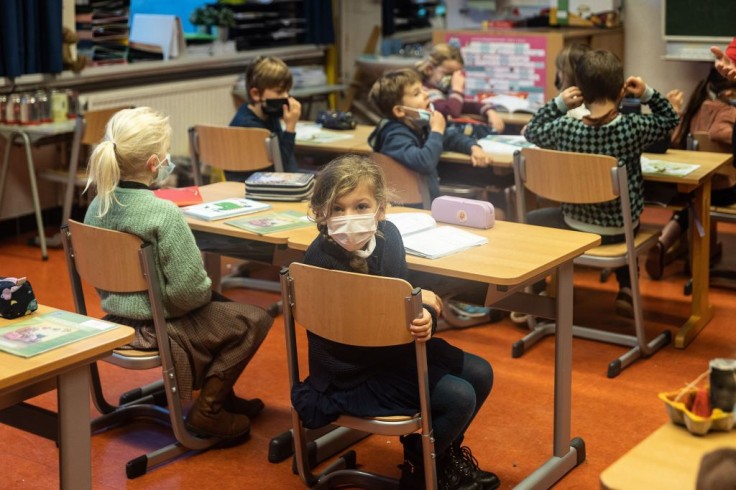
Millions of students in America are going back to school amid another alarming surge of COVID-19, and parents are likely wrapped with fear and worry over how they can keep kids safe from the Omicron variant.
In December, the U.S. Centers for Disease Control and Prevention (CDC) released a new strategy to allow the children, including the unvaccinated kids, to remain in school even if they have been exposed to COVID-19. CDC Director Rochelle Walensky said that under the new "Test to Stay" recommendations, exposed kids will no longer need to quarantine if they test and continue to test negative for a given period.
Some schools in the U.S. will apply the Test to Stay policy and test the kids twice a week. The purpose of this new strategy is to do away with the lockdowns, school closures, and class disruptions that experts believe also hurt the children's development. However, some schools are not changing strategies and sticking to the old recommendations.
The Test to Stay policy comes as the Omicron variant slowly overtakes the Delta variant as the more dominant type of COVID-19 in America. Walensky said this is expected since the country has also changed course in dealing with the virus and as the vaccination drives and booster shots continue.
The CDC, however, has recommended the following safety precautions to keep kids safe from Omicron:
1. Wear a mask, especially for indoor settings.
Per the health experts, children above two years old should mask up in school or the daycare centers. Staff, teachers, and school visitors should also keep wearing a mask if they are indoors.
The risks of transmission are believed to be lower for outdoor settings, but common sense dictates that if there is a crowd of people outside since outdoor activities like sports events are allowed, then masking up will help protect everyone from the virus spread. Experts also suggested ditching cloth masks in favor of an N95 or K95 mask since these have better barriers against droplets of the virus.
2. Get vaccinated or boosted.
In the U.S., anyone above five years old is eligible for vaccination. Regardless of the brand, all vaccines are proven to lower the risks of suffering from severe symptoms, hospitalization, or death. It will also help reduce the chances of spreading the virus to other people, especially the kids who may not yet be vaccinated.
Boosters are reportedly 80 percent effective against Omicron transmission and severe symptoms. Effective January 2022, the U.S. Food and Drug Administration (FDA) has authorized booster shots for ages 12 years old and above.
3. Direct more awareness on preventive strategies.
All family members must be constantly reminded that basic preventive strategies like masking up, proper handwashing and disinfection, improving air ventilation in a room, and staying home or isolated if someone feels sick are still effective against lowering the chances of a virus spread. Despite the increasing cases, the experts said that everyone has the tools before them to fight this virus, unlike during the first few months of the pandemic when the world fell to its knees due to the deadly COVID-19.